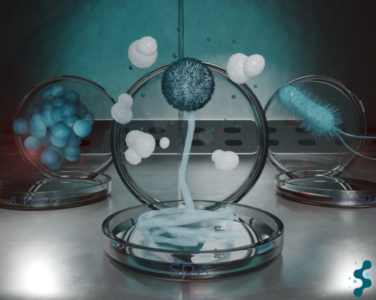In the cosmetic industry, the safety and quality of products are crucial aspects. The rigorous microbiological control is essential to ensure that products are not only effective but also safe for consumers.
This article details the microbiological control in cosmetic products, the types of microorganisms detected, and the culture media used.
Analysis procedure in microbiological control
At Shapypro, samples are processed under maximum aseptic conditions to prevent any external contamination. To ensure sterility, the external part of the sample container is disinfected with 70% ethanol, and sterile materials are used during all operations. Samples are carefully conditioned and diluted to preserve the present microorganisms without damaging them, performing a 1/10 dilution in Eugon LT broth.
Sample preparation is carried out under strict aseptic conditions within a biological safety cabinet (BSC) using gloves. Liquids, gels, creams, and powders are thoroughly shaken within their primary container. Compact powders are disaggregated before mixing in a sterile mortar with sterile glass beads. Soap bars and other molded samples are cut with a sterile knife.
For aerosols, the first part of the sample is discarded, sprayed directly into a sterile container, and subsequently diluted. Foams are left to stand after being sprayed into a sterile container until the gas dissipates and then diluted. Cosmetic wipes or patches are extracted from their packaging and immersed in neutralizing broth, with a parallel analysis of the drained liquid if they are moistened. The sample is diluted at a 1/10 ratio in Eugon LB broth to inhibit the preservative, or in peptone water if it does not contain a preservative. Successive dilutions may be necessary in the case of high contamination to obtain a number of colony-forming units (CFU) within the recommended limits (30-300 CFU/plate).
Samples are inoculated on specific culture media using surface or bulk seeding techniques. Surface seeding is used to evenly distribute an aliquot of the sample across the entire surface of the culture medium plate, facilitating the isolation and observation of colonies. For bulk seeding, 1 ml of the sample is dispensed into a Petri dish, and the culture medium (approximately 20 ml) is poured over the plate at a non-abrasive temperature for the microorganisms present in the samples. A negative control plate for each medium without a sample is prepared.
Inoculated plates are incubated at specific temperatures and times determined for each type of microorganism, ensuring optimal growth of the target organisms. After the incubation period, colony-forming units (CFU) are counted, and the CFU per ml or g of the sample are calculated, considering that 100 μl have been seeded. The sensitivity of this method is <100 CFU/g or ml if a 1/10 dilution of the sample has been performed.
For pathogenic microorganisms (Escherichia coli, Staphylococcus aureus, Pseudomonas aeruginosa, Candida albicans), qualitative detection is performed. If growth is present, “PRESENCE” is noted along with the number of CFU/ml or CFU/g obtained, describing the colony morphology. In the absence of growth, “ABSENCE” or “0” is noted. The results obtained are compared with the acceptance criteria established by international standards to determine the microbiological conformity of the product (ISO 21148:2017, ISO 17516:2014). The acceptance criteria are as follows:
- total aerobic microorganisms: <10³ CFU/g or ml;
- total fungi: <10² CFU/g or ml;
- Pseudomonas aeruginosa, Staphylococcus aureus, Escherichia coli, Candida albicans: absence.
Types of Analyzed Microorganisms
Total Aerobic Microorganisms
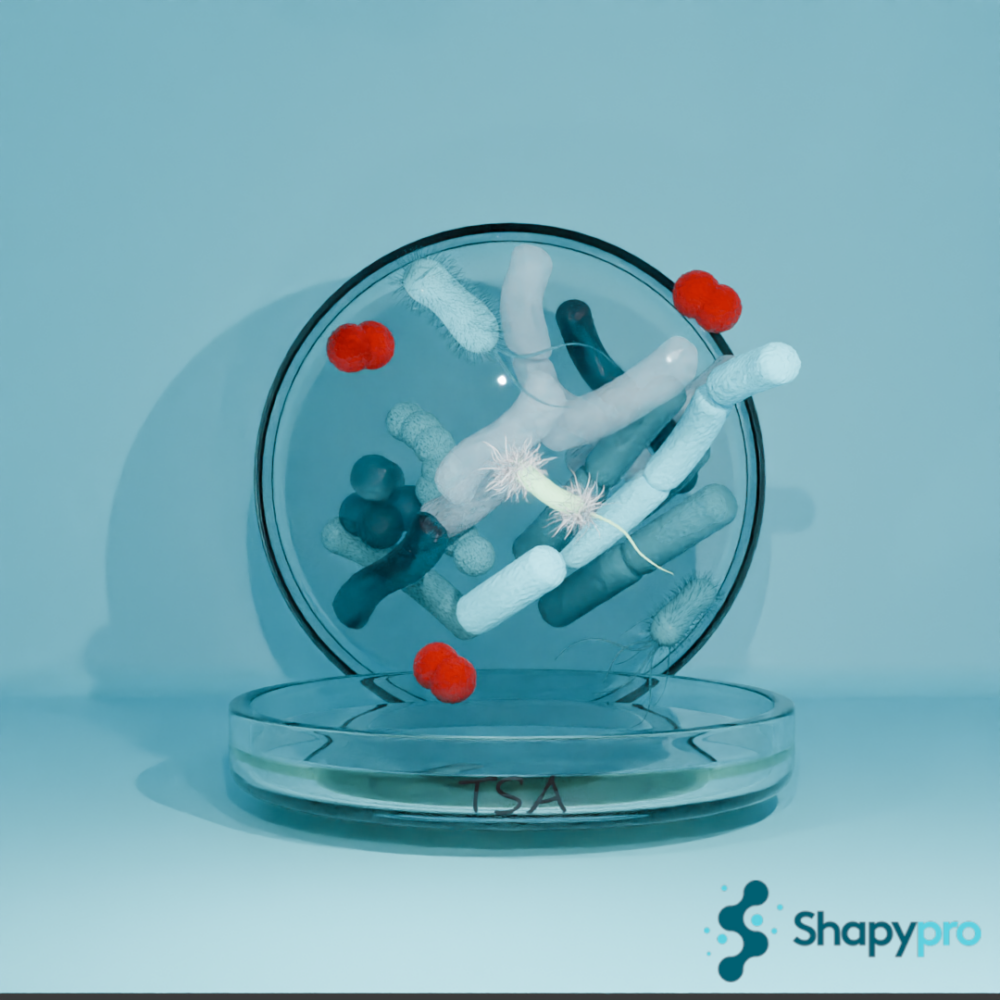 Total aerobic microorganisms comprise a wide variety of bacteria capable of surviving in the presence of oxygen. These bacteria include mesophilic species that develop under specific cultivation conditions. The presence of high levels of total aerobic microorganisms in cosmetic products indicates possible contamination and may reflect poor product quality. This not only compromises product efficacy but also poses a potential health risk to consumers due to possible infections. For the cultivation of total aerobic microorganisms, Trypticase Soy Agar (TSA) is used, incubated at 30-35 °C for a period of 3-5 days, according to ISO 17516:2014.
Total aerobic microorganisms comprise a wide variety of bacteria capable of surviving in the presence of oxygen. These bacteria include mesophilic species that develop under specific cultivation conditions. The presence of high levels of total aerobic microorganisms in cosmetic products indicates possible contamination and may reflect poor product quality. This not only compromises product efficacy but also poses a potential health risk to consumers due to possible infections. For the cultivation of total aerobic microorganisms, Trypticase Soy Agar (TSA) is used, incubated at 30-35 °C for a period of 3-5 days, according to ISO 17516:2014.
TSA is a non-selective medium providing a rich nutrient base supporting the growth of a wide range of mesophilic bacteria. It contains digests of casein and soy that provide essential nutrients, such as amino acids and nitrogen, necessary for bacterial growth. A 1/10 dilution in diluent (Eugon in products with preservative) is incubated at 32.5 °C for a minimum of half an hour. The acceptance criterion for total aerobic microorganisms is less than 10³ CFU/g or ml.
Yeasts and Molds

This group includes fungal species capable of proliferating in cosmetic products. Yeasts are unicellular fungi that multiply mainly by budding, while molds are microfungi forming mycelium, including spores and conidia. Candida albicans is a pathogenic fungus that can cause infections on the skin and mucous membranes, known as candidiasis. It is a yeast that can proliferate under favorable conditions, especially in poorly preserved cosmetic products. The presence of yeasts and molds can negatively affect the appearance and stability of the cosmetic product. Additionally, it can cause infections and allergic reactions in users, compromising product safety. The presence of Candida albicans in cosmetic products is unacceptable due to the significant health risks it poses, including skin and systemic infections.
For the detection and enumeration of yeasts and molds, Sabouraud Dextrose Agar with antibiotics (SDAa) is used. The culture plates are incubated at 20-25 °C for 5-7 days, according to ISO 16212:2011. SDA is a selective medium designed for the cultivation of fungi, enriched with dextrose to promote the growth of yeasts and molds. The addition of antibiotics, such as chloramphenicol or gentamicin, inhibits bacterial growth, allowing yeasts and molds to proliferate without competition. The acidic pH of the medium also favors fungal growth over bacteria. The acceptance criterion for total fungi is less than 10² CFU/g or ml.
Staphylococcus aureus
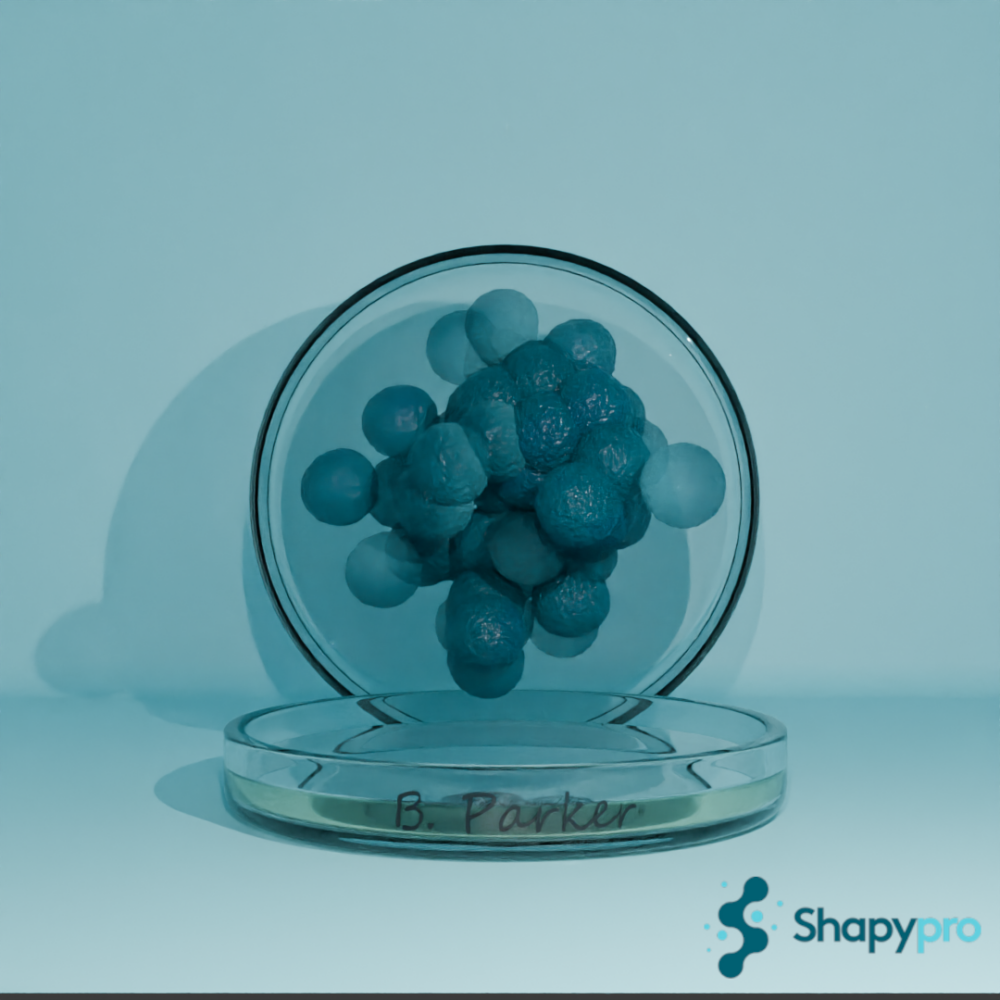 Staphylococcus aureus is a pathogenic bacterium that can cause a variety of infections, including skin infections, pneumonia, and septicemia. It is a critical indicator of microbiological contamination and lack of hygiene in the manufacturing process of cosmetic products. The presence of S. aureus in cosmetic products is unacceptable, as it represents a high risk of severe infections for consumers. Its detection indicates failures in quality and sanitation controls during production. For the identification of Staphylococcus aureus, Baird Parker Agar Base is used, incubated at 30-35 °C for 20-72 hours, as established in ISO 22718:2016.
Staphylococcus aureus is a pathogenic bacterium that can cause a variety of infections, including skin infections, pneumonia, and septicemia. It is a critical indicator of microbiological contamination and lack of hygiene in the manufacturing process of cosmetic products. The presence of S. aureus in cosmetic products is unacceptable, as it represents a high risk of severe infections for consumers. Its detection indicates failures in quality and sanitation controls during production. For the identification of Staphylococcus aureus, Baird Parker Agar Base is used, incubated at 30-35 °C for 20-72 hours, as established in ISO 22718:2016.
This selective medium contains tellurite and egg yolk. Tellurite inhibits the growth of most other microorganisms, while the egg yolk allows the detection of lecithinase activity characteristic of S. aureus. Colonies of S. aureus appear black and surrounded by a clear halo due to tellurite reduction and egg yolk lipolysis. Seeding is performed with 0.1 ml of TSB culture on Baird Parker agar and incubated at 32.5 ± 2.5 ºC for 20-72 hours. The acceptance criterion is the absence of Staphylococcus aureus.
Pseudomonas aeruginosa
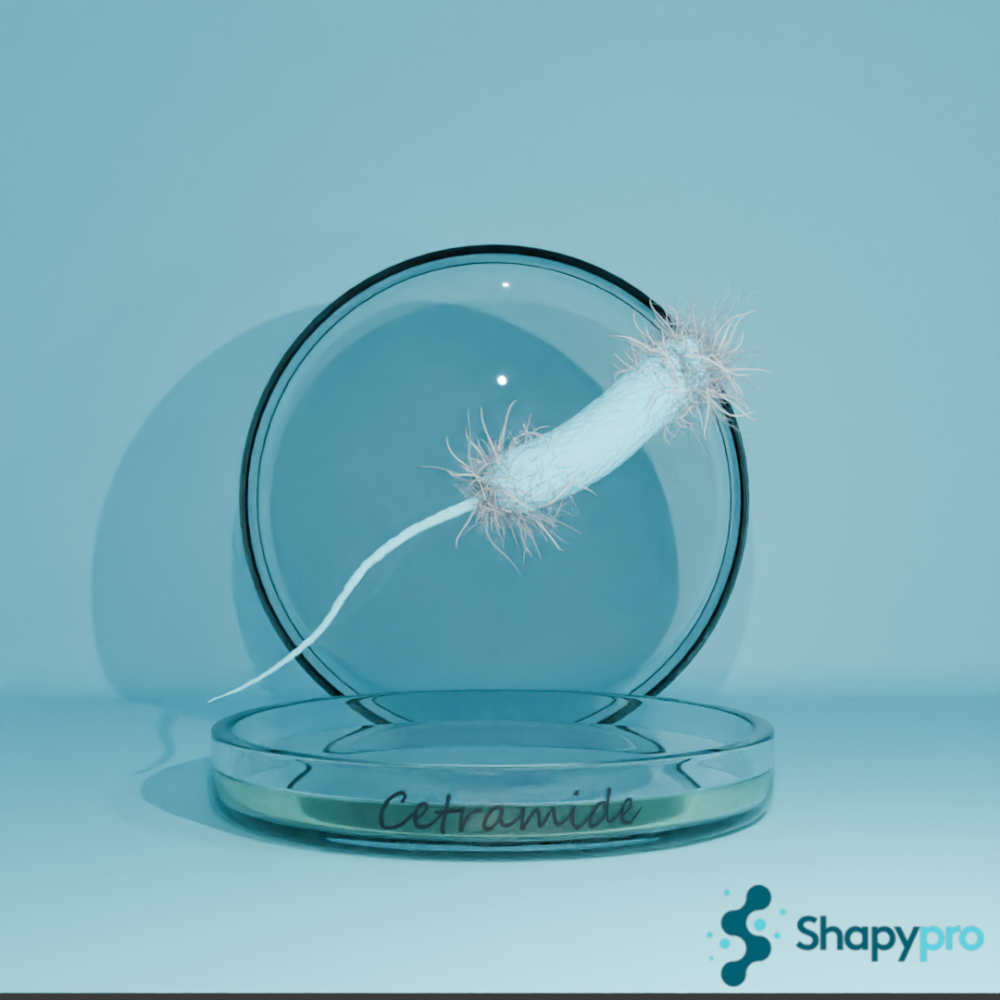 Pseudomonas aeruginosa is a pathogenic bacterium known for its ability to survive in humid environments and aqueous products. It is particularly problematic due to its resistance to many preservatives used in cosmetic products. The detection of Pseudomonas aeruginosa in cosmetic products is critical, as it can cause infections, especially in immunocompromised individuals. Its presence indicates possible product contamination and the ineffectiveness of the preservatives used. The culture medium used for Pseudomonas aeruginosa is Cetrimide Agar Base, incubated at 30-35 °C for 20-72 hours, according to ISO 22717:2016. Cetrimide is a surfactant agent that inhibits the growth of most unwanted bacteria. Pseudomonas aeruginosa can tolerate cetrimide, allowing its selective growth.
Pseudomonas aeruginosa is a pathogenic bacterium known for its ability to survive in humid environments and aqueous products. It is particularly problematic due to its resistance to many preservatives used in cosmetic products. The detection of Pseudomonas aeruginosa in cosmetic products is critical, as it can cause infections, especially in immunocompromised individuals. Its presence indicates possible product contamination and the ineffectiveness of the preservatives used. The culture medium used for Pseudomonas aeruginosa is Cetrimide Agar Base, incubated at 30-35 °C for 20-72 hours, according to ISO 22717:2016. Cetrimide is a surfactant agent that inhibits the growth of most unwanted bacteria. Pseudomonas aeruginosa can tolerate cetrimide, allowing its selective growth.
Additionally, the medium favors the production of characteristic pigments such as pyocyanin and fluorescein, aiding in the identification of P. aeruginosa. Seeding is performed with 0.1 ml of TSB culture on Cetrimide agar and incubated at 32.5 ± 2.5 ºC for 20-72 hours. The acceptance criterion is the absence of Pseudomonas aeruginosa.
Escherichia coli
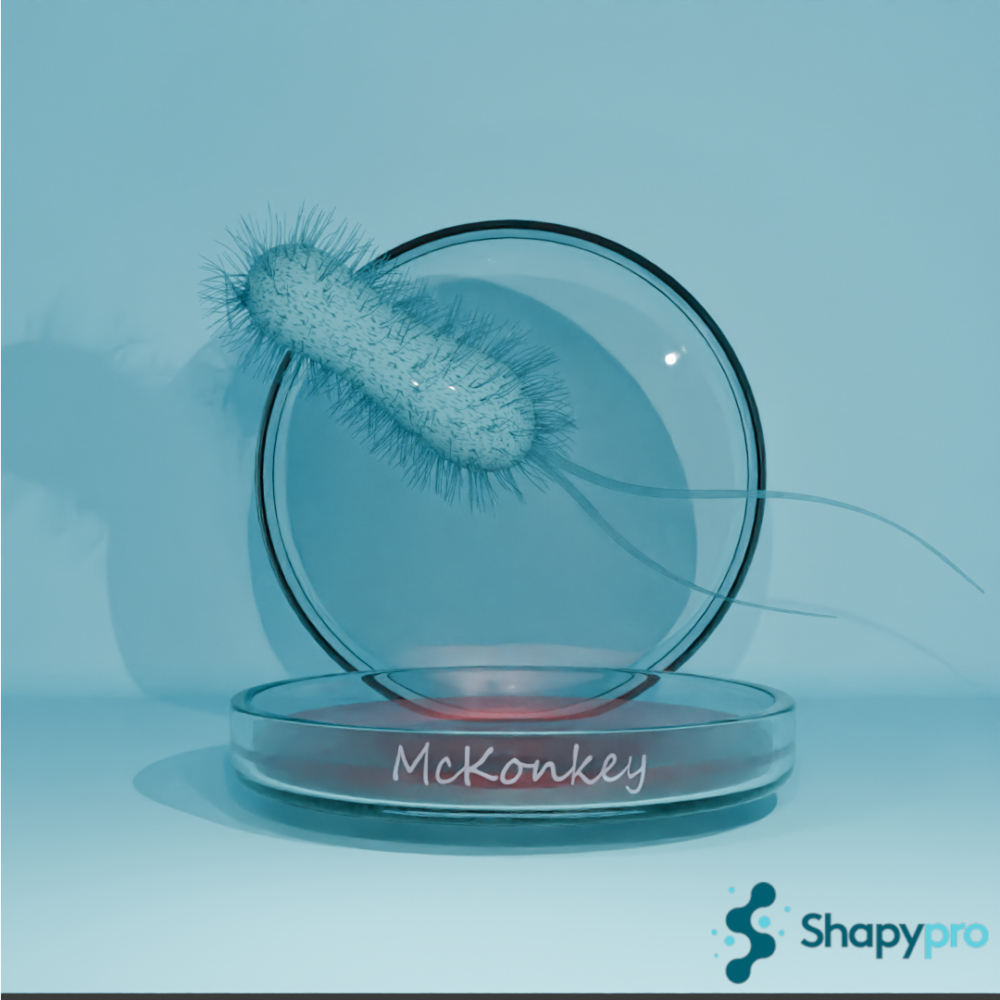 Escherichia coli is a bacterium commonly found in the intestinal tract of humans and animals. Its presence in cosmetic products indicates fecal contamination and can cause severe infections, such as gastroenteritis and sepsis. The detection of E. coli is a critical indicator of contamination and lack of quality control in the manufacturing of cosmetic products. Its presence is unacceptable and represents a severe public health risk. For the detection of Escherichia coli, MacConkey Agar is used, incubated at 30-35 °C for 18-72 hours, according to UNE-EN ISO 21150:2016.
Escherichia coli is a bacterium commonly found in the intestinal tract of humans and animals. Its presence in cosmetic products indicates fecal contamination and can cause severe infections, such as gastroenteritis and sepsis. The detection of E. coli is a critical indicator of contamination and lack of quality control in the manufacturing of cosmetic products. Its presence is unacceptable and represents a severe public health risk. For the detection of Escherichia coli, MacConkey Agar is used, incubated at 30-35 °C for 18-72 hours, according to UNE-EN ISO 21150:2016.
Seeding is performed with 0.1 ml of TSB culture on MacConkey agar and incubated at 32.5 ± 2.5 ºC for 18-72 hours. The acceptance criterion is the absence of Escherichia coli.
In summary, microbiological control is fundamental to ensuring that cosmetic products are safe and of high quality. This process not only helps to prevent public health issues but also maintains consumer confidence in the products. Through rigorous microbiological analysis, we can ensure that our products meet the highest safety and quality standards.
References for microbiological control
- ISO 17516:2014: “Cosmetics — Microbiology — Microbiological limits”
- UNE-EN ISO 21150:2016: “Cosmetics. Microbiology. Detection of Escherichia coli“
- EN ISO 22718:2016: “Cosmetics — Microbiology — Detection of Staphylococcus aureus“
- ISO 22717:2016: “Cosmetics — Microbiology — Detection of Pseudomonas aeruginosa“
- ISO 16212:2011: “Cosmetics — Microbiology — Enumeration of yeast and mould”
- ISO 18416:2016: “Cosmetics — Microbiology — Detection of Candida albicans“
- UNE-EN ISO 21148:2010: “Cosmetics. Microbiology. General instructions for microbiological examination”
If you are interested in conducting a microbiological control of your cosmetic products, please do not hesitate to contact us. Our laboratory is equipped with state-of-the-art technology and highly trained personnel to ensure the quality and safety of your products.


